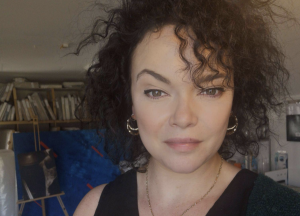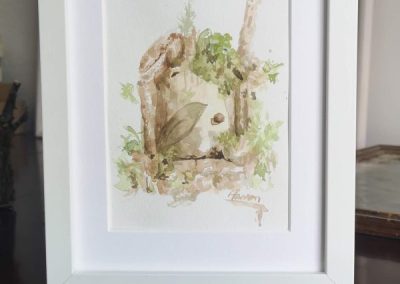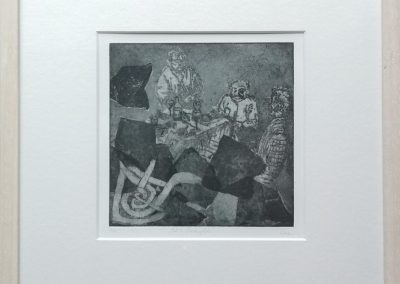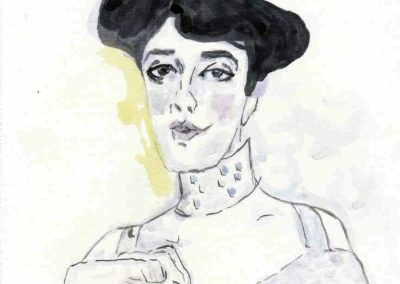Sarah Eva Manson
I grew up in a household that was quite unique. Mom and Dad are professional artists. I am a visual artist with a passion to facilitate and enable fellow creatives to achieve their dreams.
Now with a family of my own, I find it tricky sometimes to find time for my own creative practice. I know that is a recurring narrative among creative mothers,
If I can help one person achieve her dream – that will help me reach mine.
Sarah now focuses on her own practice inspired by her current studies as a Forest Bathing Guide and helps fellow artists in their studios and online as an assistant.
Digitising your artwork helps clear your mind and studio of clutter, aids in keeping up to date with stock-taking in the studio and is a huge asset when selling work, applying for grants, submitting to open calls and preparing for exhibitions.
You don’t need to be an art historian or an archiving specialist to take control of your collection. Whether you have been creating pieces since the ’80s or have been left your grandparents legacy, we have broken it down into a few simple steps that will help you on your organisational journey.
You will be so glad that you organised your collection. At the touch of a button, you’ll be able to see images, details, awards, sales, collectors information and gone will be the dust collecting mismatched hoard in the attic. Gone will also be that dreaded anxiety of wanting to submit work to the next open call and having nothing ready. Creativity will come flooding back to fill you with happiness in the studio once again. You will be a pro in no time.
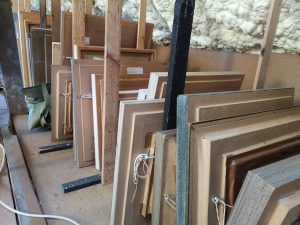
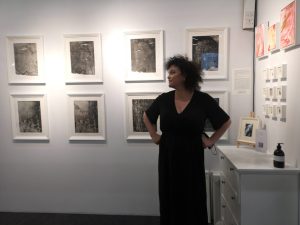
WHERE DO WE START
DO NOT start at the beginning. You will embark on many trips down memory lane and we encourage that so keep a notebook on hand or a dictaphone at the ready. The story behind the piece is so important when writing the description of the artwork.
Start with the work that is physically closest to you. It could be the piece you’re currently working on or the last exhibition that hasn’t been unboxed yet.
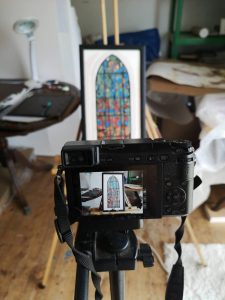
TAKE HIGH-QUALITY PHOTOGRAPHS
Grab the best camera in your possession. Don’t worry if it’s just your phone – phone cameras are really great! It’s really important to take a good photo of the piece you’re archiving because although you will have a great connection with the piece, we want to make it easily accessible especially if the piece has been sold or is in an exhibition in another city.
As the collection grows it can get a bit tricky to match title to artwork so this beautiful high-quality image will be a vital part of the organisation of your legacy. It will also make sharing works with potential buyers and collectors very easy, fast and professional.
When the artwork is ready, take the piece to a natural light source like a window or go outside (avoiding direct sunlight), make sure the full piece is in the camera frame (phone camera is fine) hold your hand steady and take a photo. A tripod would help steady the camera. It is good practice to take a quick 15-second video of the piece too.
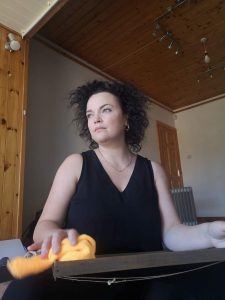
WHAT TO DO WITH THESE IMAGES
Open up Google Drive and start a new folder with the title of the piece and upload your images and videos into this folder.
Next start a spreadsheet for your art collection. Add your image into one cell block then input all the details for this piece; title, dimensions, medium, seller info, the year it was made, how much it sold for, are you selling editions?
If you want to sell prints of a painting then I would recommend getting your work scanned professionally in The Copper House, Dublin 8.
Repeat the process of taking a photo – creating a new folder – adding info into your spreadsheet – for each piece in your collection.
There are extra steps you can take with these images, by editing them in photoshop and cropping them and resizing them for different uses; social media/ website listings.
The possibilities are endless.
Photograph the entire piece including negative space. Near a natural light source but not direct sunlight.
Crop the image and add a white border. Save all edits into its named folder.
For more information or if you would like a studio assistant for cataloguing your art collection please visit www.sarahevamansonart.com or visit Sarah’s online stall on Wicklow Marketplace here

